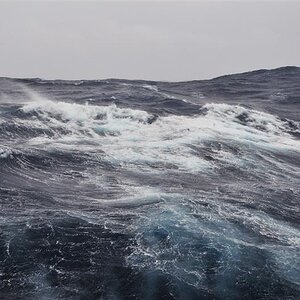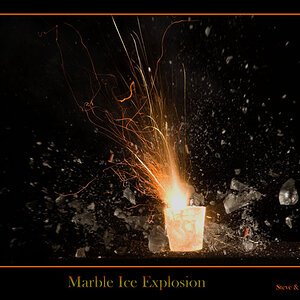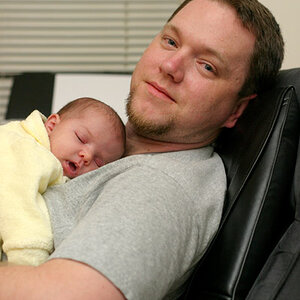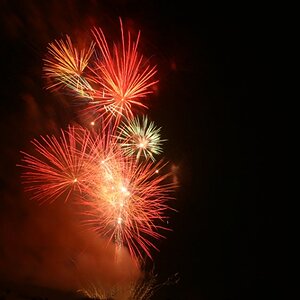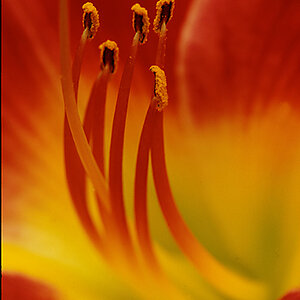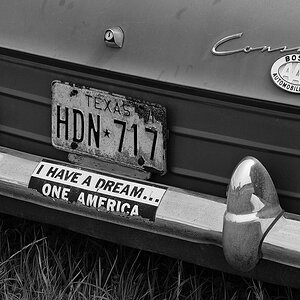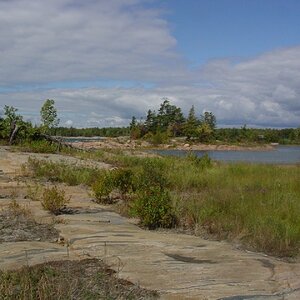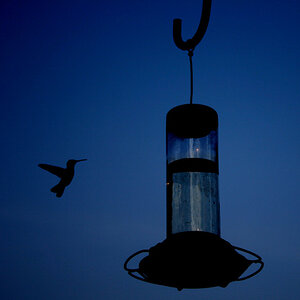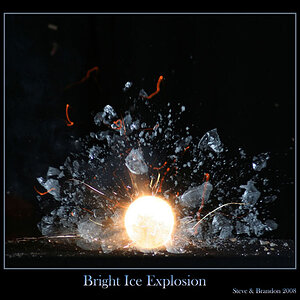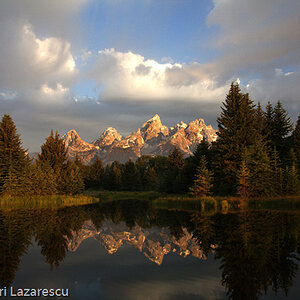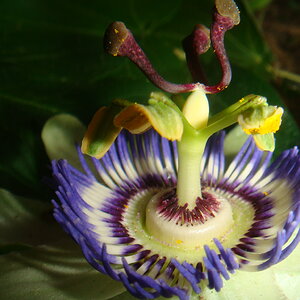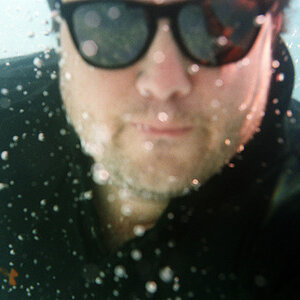Hello,
I currently have a slightly dated full frame camera. A Canon 6D. My primary lens is a Sigma 35mm Prime Art lens, with Sigma telephoto as my second lens.
A good portion of my shots I take with the aperture open to 1.4 to create a nice bokeh effect.
As I start looking for a camera replacement, I was thinking I would like to shed a few pounds of gear (well I need to shed a few pounds around the waist also, however let's focus on the gear).
The desire for weight loss eliminates medium format (as does my wallet); but does open the question. Can I get just as good effects with a crop frame? Or a new crop frame mirrorless? Or do I end up getting a heavier lens to compensate for the smaller sensor on the body?
Tim
I currently have a slightly dated full frame camera. A Canon 6D. My primary lens is a Sigma 35mm Prime Art lens, with Sigma telephoto as my second lens.
A good portion of my shots I take with the aperture open to 1.4 to create a nice bokeh effect.
As I start looking for a camera replacement, I was thinking I would like to shed a few pounds of gear (well I need to shed a few pounds around the waist also, however let's focus on the gear).
The desire for weight loss eliminates medium format (as does my wallet); but does open the question. Can I get just as good effects with a crop frame? Or a new crop frame mirrorless? Or do I end up getting a heavier lens to compensate for the smaller sensor on the body?
Tim


